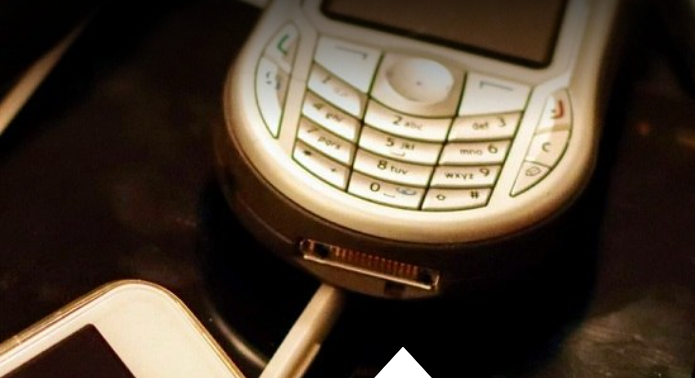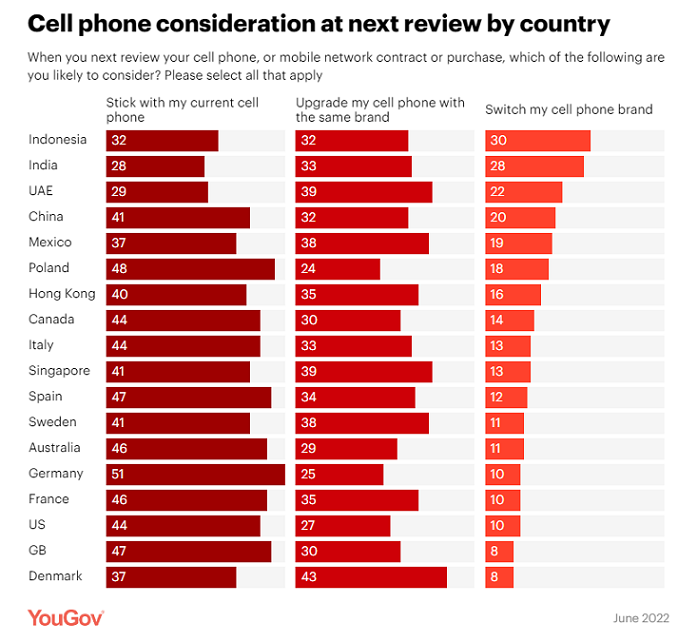
A new Telco report from YouGov shows when it comes to cell phone renewal considerations, two in five UAE residents (39%) are likely to upgrade their cell phone with the same brand and three in ten (29%) intend to stick to their current phone brand.
A little over a fifth are likely to consider switching their phone brand (22%).
The report sets out to understand the purchase intentions and motivations of cell phone and carrier consumers across 18 international markets. It helps marketers understand consumer upgrade and switching behaviour, as well as customer retention strategies.
Looking at the data by age, those who intend to stick to or upgrade with their current cell phone brand are likely to be over 35 years of age, with the largest proportion belonging to the 55+ age group. On the other hand, switching is highest among 18-24-year-olds, with nearly three in ten (28%) considering switching cell phone brands – twice as many as those aged 55 and up.

When asked what would encourage switchers to upgrade with the same cell phone brand, attractive trade-in deals such as discounts or money off in exchange of the current device (29%) and discounted or free streaming bundles with other services (28%) were pointed out as the biggest motives to do so. For some, easy access to 5G (23%), a sustainable phone (20%), and knowledge that the money is going to a good cause (19%) could be potential reasons to upgrade with the same brand.
Looking at the global picture, Indonesians are most likely to switch their cell phone brand (with 30% of respondents saying this), followed by Indians (28%) and UAE residents (22%). Consumers from Britain, the US and Denmark are least likely to do so.
Brand sticking tendencies are the highest among European markets like Germany, Poland, Spain and Britain (51-47%). On average, two out of five consumers from Mexico, Canada and the US are also likely to share the same sentiments (44-37%). When it comes to upgrading phones with the same brand, Danes (43%) are more likely to do so followed by Singaporeans and UAE consumers (39% each).


